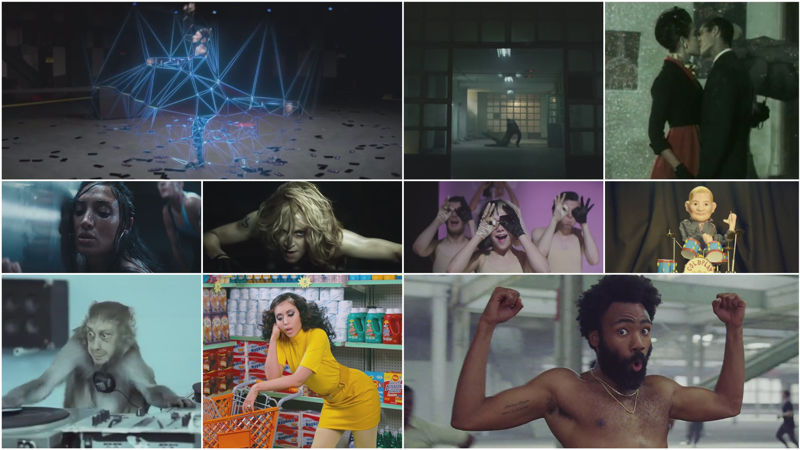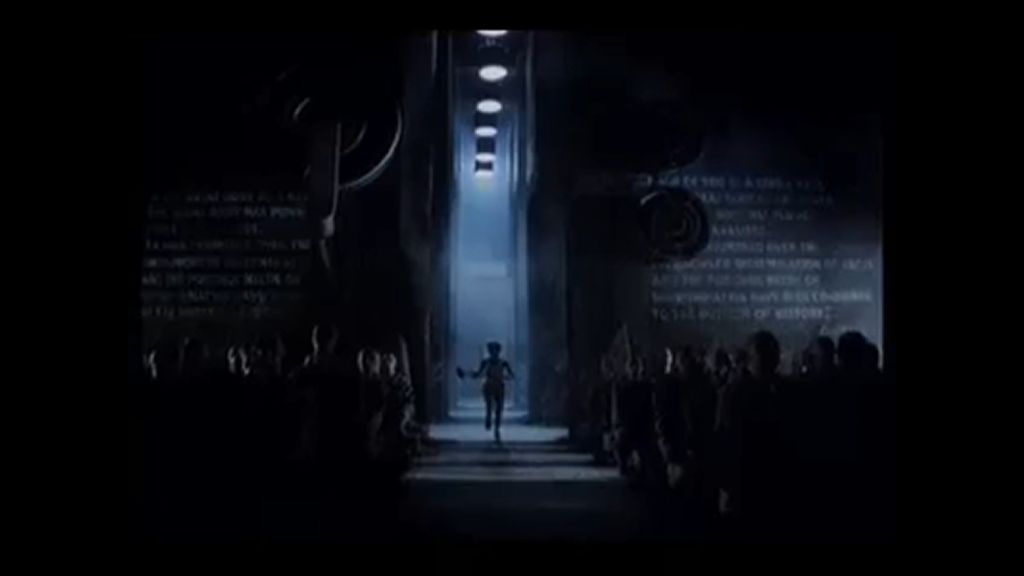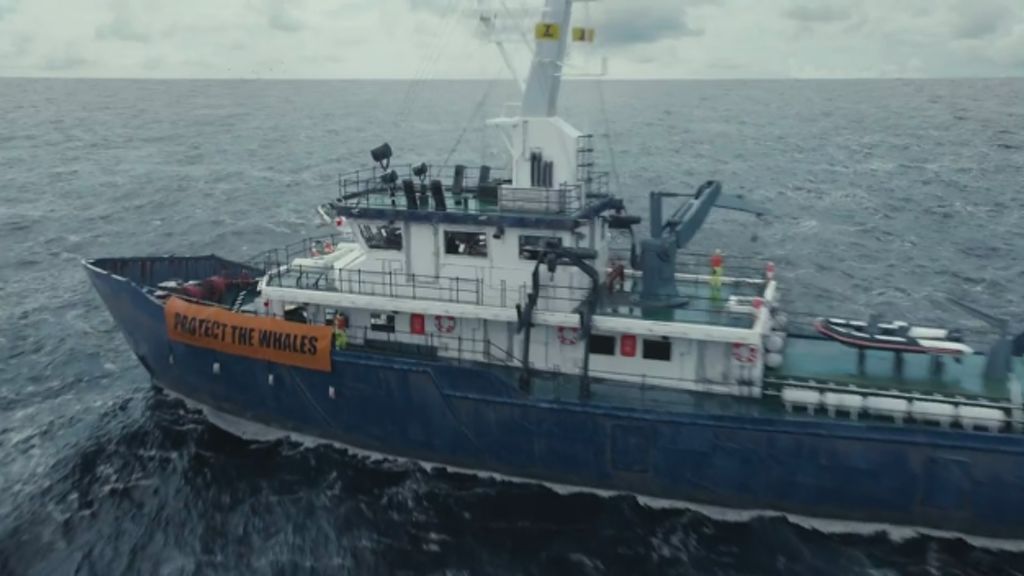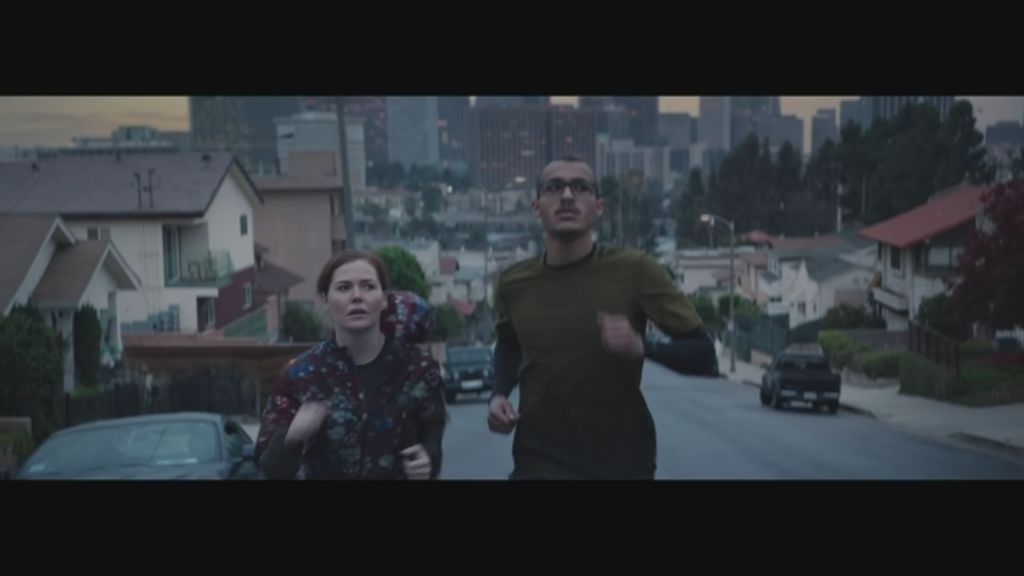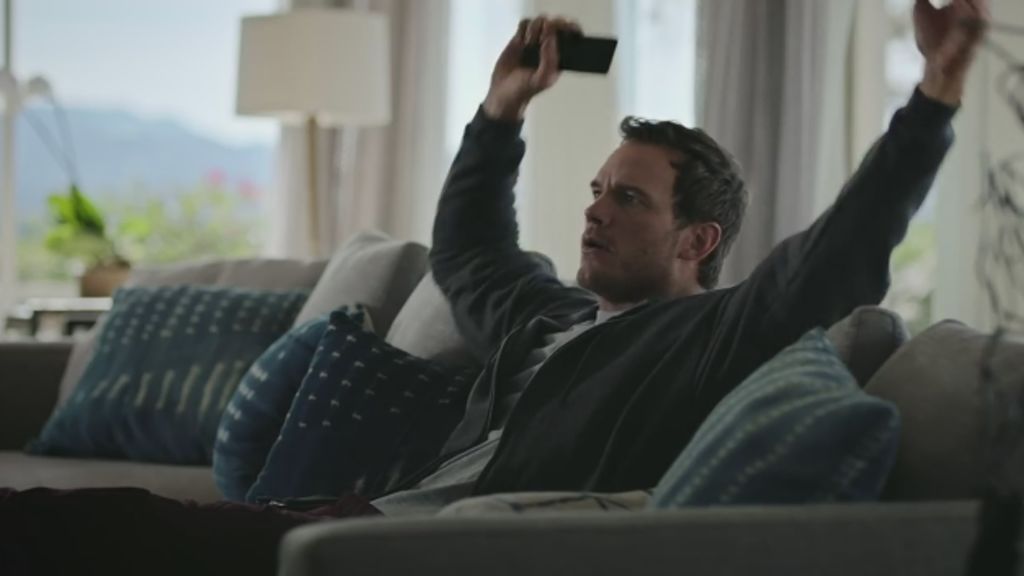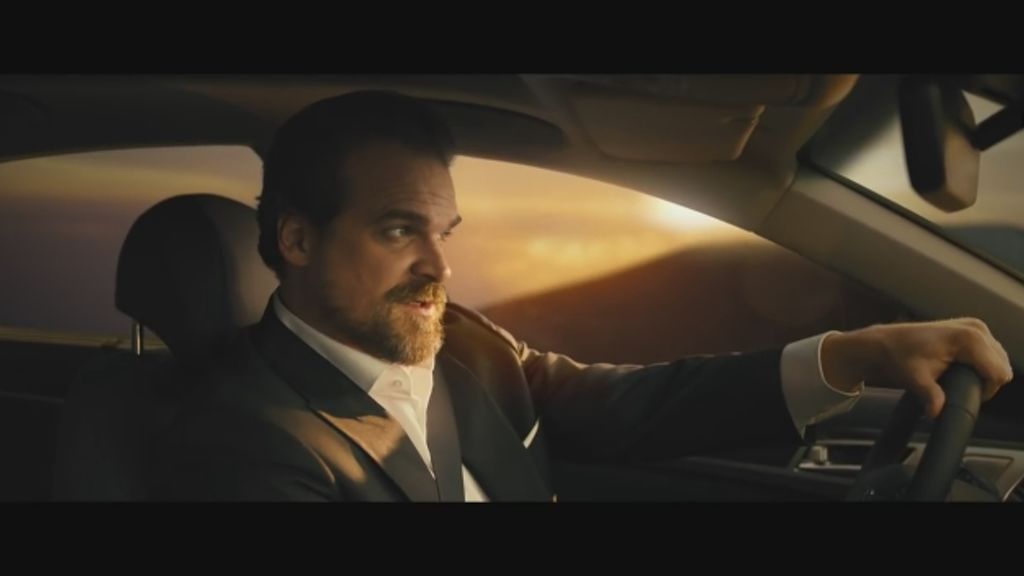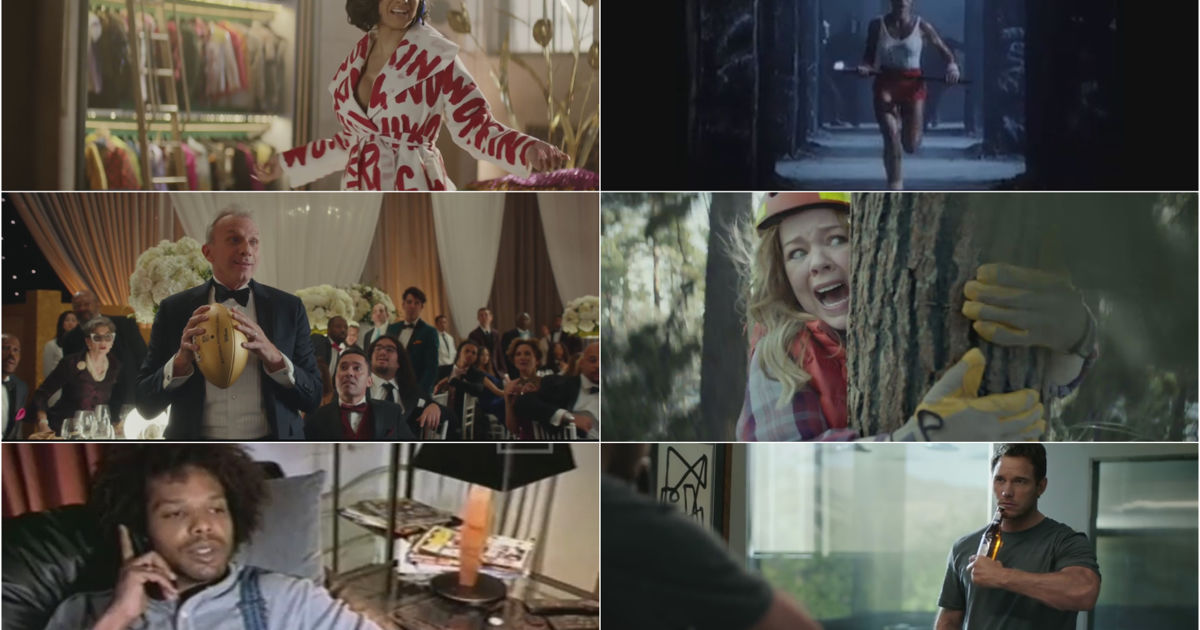Why the Super Bowl is a game changer
Fred Levron, Worlwide Creative Partner at FCB Global, and longtime Super Bowl ad maker, reflects on what has changed in the unique experience of creating a Super Bowl commercial, and explains why creativity is a muscle that needs to be worked constantly.
It’s 3am; the alarm clock rings in a family apartment in the suburbs of Paris. I’m 12 years old and about to sneak out of my bedroom in the middle of the night to watch what is already a pillar of American culture: the Super Bowl.
As the TV screen is lighting up my smiling, pre-teenage face in the middle of a pitch-dark living room, I watch a very different version of this event compared to everyone else in America: the game without the commercials. Legal usage!
There was no better time to tell a brand story. No better time to shape popular culture.
The Super Bowl without the commercials… is it even worth it? Funny to think, back then, I was missing the best part of the show and, today, people are willing to pay $11.90 per month to skip ads on their YouTube feed — but let me get back to that later.
Cindy Crawford drinking a Pepsi in slo-mo, Budweiser-drinking dudes shouting 'Wasssup!' to each other, Apple's dystopian 1984. There was no better time to tell a brand story. No better time to shape popular culture. No better time to attract great creative minds to the advertising business.
Cut to now.
Budweiser – Budweiser: Whassup-True
Apple – Apple: 1984
Above: Budweiser's cultural behemoth, Whassup and the iconic Apple 1984.
People continue to dislike the 30-second format — and interruptive marketing in general — a bit more every day. Networks see their audience shrinking and their viewers shifting to streaming platforms at the speed of light. Of the 110 million Americans who will watch the game on February 3, 55 million will be on their phones rather than paying attention to the big screen.
So, what is left of this iconic, creative ad fest? How do brands use this massive event in this new context? What changed in the creative process, and in our relationship with our great brands and clients, as we create a Super Bowl ad?
Of the 110 million Americans who will watch the game on February 3, 55 million will be on their phones rather than paying attention to the big screen.
As I was researching to write this piece, I landed on an article titled The Future of Super Bowl Ads Doesn’t Include TV – or Football. Okay, catchy. And as someone who has been a pioneer in building brands through new creative formats and executions, you would expect me to say something like, “Yeah! TV ads ARE dead”.
Thing is, Fox (this year’s Super Bowl broadcaster) broke the record for 'fastest-selling inventory ever'. As soon as media slots were available, brands in the US fought to buy them. Another interesting data point: Do you know what were some of the most popular/efficient brand campaigns of the digital age (over the last 10 years)? I’ll tell you: Amazon Alexa Loses Her Voice, Kia Hero’s Journey, NFL The 100-Year Game. All classic storytelling ads.
Amazon – Amazon: Alexa Loses Her Voice
Kia – Kia Niro: A Hero's Journey
NFL – NFL: The Hundred Year Game
Above: Amazon Alexa Loses Her Voice, Kia Hero’s Journey and NFL The 100-Year Game.
Ouch… Wake-up call here! There is a change coming, but maybe not the one we expected. People might not like 30-second ads, but they love really good 30-second ads. They love great brand stories that make them feel, laugh, think, cry, be proud. And when advertising agencies use that unfair competitive advantage called creativity, everything that even the most convincing digital guru might say falls apart.
The Super Bowl is becoming the one time of the year when our industry reminds itself of its true role for business.
And that’s the common factor in iconic Super Bowl ads from the ‘90s, as well as the ones that are about to be released this year. Brands and agencies put back what really matters: being creative about it. The Super Bowl is becoming the one time of the year when our industry reminds itself of its true role for business, for brands and for people: to make people love brands by using great creativity.
Michelob – Michelob Ultra: Robots
Michelob – Michelob Ultra: The Perfect Fit
Above: Two Michelob spots created for the Super Bowl by Levron and FCB in 2019 and 2018 respectively.
It’s even more interesting to witness how the biggest brands double down on classic storytelling. The length of film executions has grown over the last three years in an unprecedented way, reaching 90-and even 120-second-long brand stories. The worlds of advertising and entertainment are colliding. Tourism Australia, with Dundee The Son of a Legend, being the perfect benchmark here.
At the Super Bowl, digital, social and mobile are becoming accelerators of brand stories. The place to react to, participate in and share, extends TV executions rather than replaces them. The genius It’s a Tide Ad showing the way.
Tide – Tide: It's a Tide Ad
Tourism Australia – Tourism Australia: Dundee
Above: Tide's It's a Tide Ad, and Tourism Australia's lauded campaign which saw the supposed return of Crocodile Dundee.
As the media landscape is getting so fragmented, the Super Bowl is also becoming one of those rare and unique occasions in which to reach dozens of millions of people at the same time — which leads to new opportunities for brands to introduce a strong point of view or role that they want to play in the world, set a new brand tone, launch a new, big idea or make a national call-to-action that would start a long-term program.
The Super Bowl remains the most exciting opportunity for creatives who are lucky enough to be part of this experience.
More than ever, the Super Bowl remains the most exciting opportunity for creatives who are lucky enough to be part of this experience. But, careful what you wish for — that unique creative experience has changed. As our industry feels the business pressure more than ever; as the average tenure of a CMO in North America drops again (from 18 to 12 months); as the number of decision-makers equals the number of daily emails our inboxes receive, the overall quality of Super Bowl executions has dropped.
Creativity is a muscle that needs to be worked out constantly. You can’t play it safe for most of the year and then aim for greatness this one time.
There are still those amazing campaigns that everyone will talk about the day after, but while there were dozens of them 15 years ago, there are, in recent times, only two or three each year. Most of the 100 ads produced for this day are just OK. No wonder, creativity is a muscle that needs to be worked out constantly. You can’t play it safe for most of the year and then aim for greatness this one time.
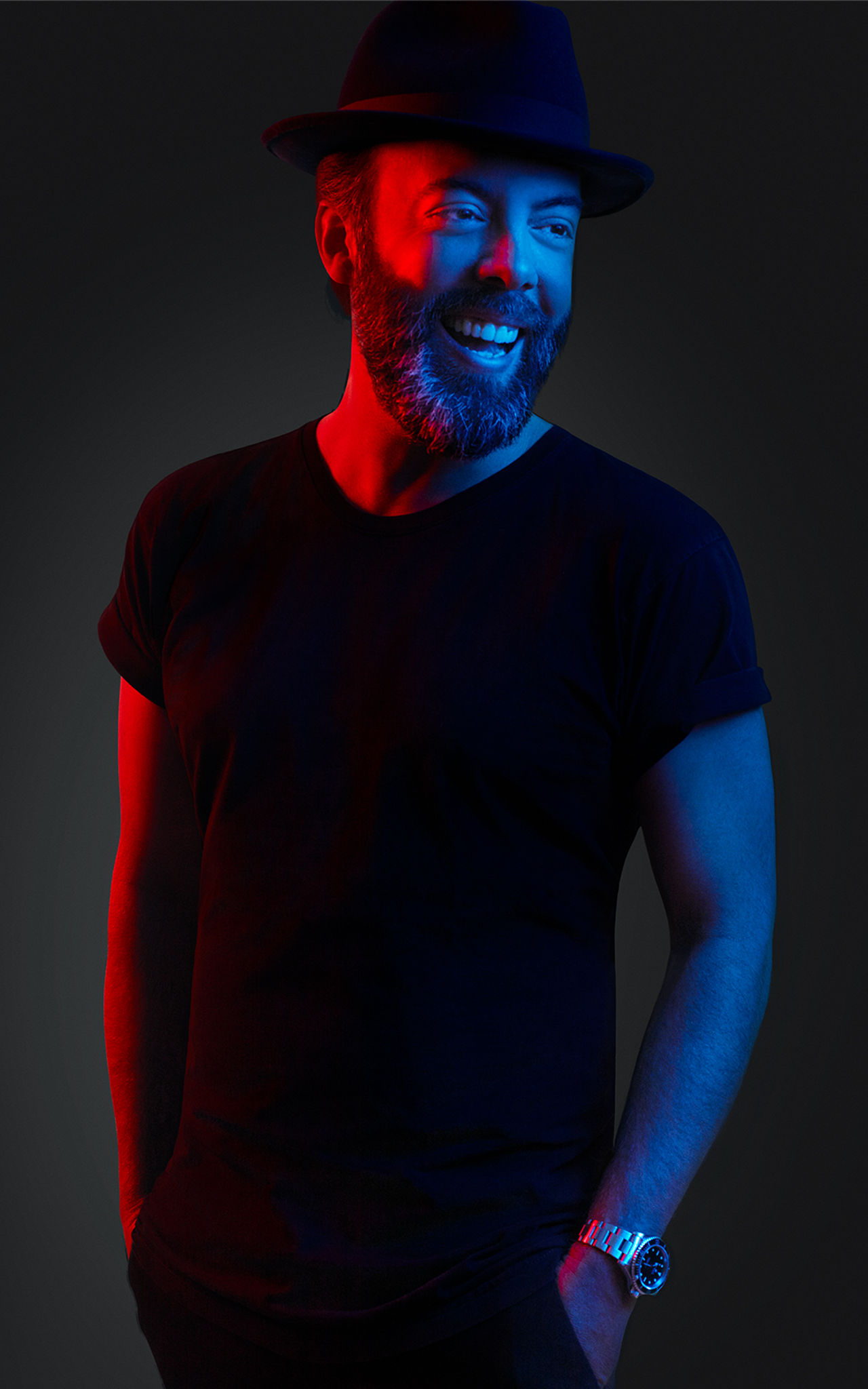
Above: Fred Levron, Worlwide Creative Partner at FCB Global.
And why should we do that? Imagine for a second what our industry would look like if we had that same creative ambition all year long — an ambition that makes millions of people search for our Super Bowl ads on Google days before the game. The consumer is always right, and right now, they are telling us that they hate advertising, but they love advertising during the big game… creative ambition is the game changer.
Imagine for a second what our industry would look like if we had that same creative ambition all year long.
Have a great Super Bowl LIV, everyone — I’m quite sure you’ll remember not the game, but the ads.
)

